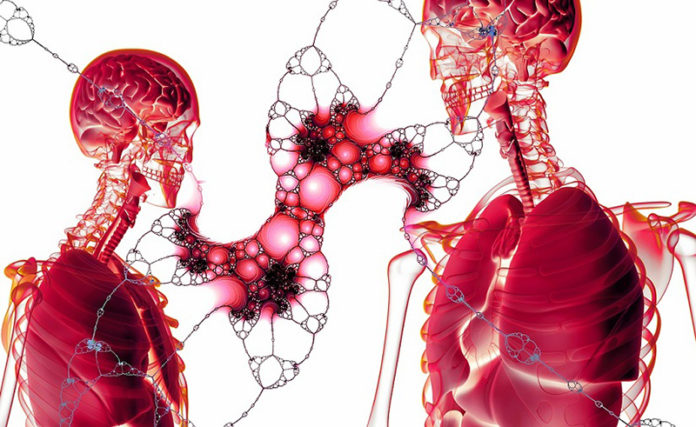If you or a loved one has ever needed an organ transplant, you know the harrowing experience. Patients wait for organ transplants, sometimes for years, then endure a long recovery process, always with the risk of rejection.
3D printing has opened new possibilities in many fields, but some of the most astonishing is in medicine. Doctors, engineers, and technologists have put their heads together to develop 3D printed implants and prosthetics. But the “next big thing,” one that I find really intriguing, is 3D printed organ transplants.
Scientists can now print objects made from actual living cells. Advancements of this magnitude take time, of course. It may be quite a few years before a surgeon can actually replace a heart or liver with one from the lab. However, someday, custom-printed, personalized replacement organs could save lives.
How 3D Printing of Organs Works
You’ve probably seen three-dimensional objects that have been printed using some kind of resin. Anyone can buy a 3D printer to use at home and design or download projects to print. Over the past ten years or so, these printable objects have become increasingly complex. But moving from plastic to living tissue is quite a leap.
First, they create a water-soluble scaffolding to use as a mold. Living cells go through the printer, similar to the way resin does, but with greater precision. After the cells go into the scaffolding, the scaffolding dissolves. Blood vessels in the body will then, ideally, grow into the new structure.
The material used in 3D bioprinting is known as bioink. Bioink contains the biological elements of the tissue, with the right consistency to flow through the mechanical apparatus. The big challenge is how to keep cells alive and intact as they go through the printer. It took about a decade to get this figured out.
Where Are We With 3D Organ Transplants?
Researchers are currently hard at work printing and testing live tissue. For human use, they start with the least complex structures like skin and blood vessels. As they work out the kinks, they’re becoming able to develop more complex organs.
The ideal scenario is to grow the tissue from the patient’s own cells so that the body doesn’t recognize it as foreign. Life sciences company Advanced Solutions says that it can potentially create structures to mimic the heart, lungs, skin, and bones. They call it the BioAssemblyBot. Advanced Solutions president and CEO Michael Golway said, “We’re using raw material from the patient to actually create 3D structures outside the body. We happen to think the vascularization piece, i.e. the ability to get blood flow to the tissues, will be a really critical part and a foundational step to the long term advancements that we’ll see in 3D printed organs.”
In 2018, scientists at UCLA announced a breakthrough in bio-printing technology. They developed a printer that can combine many different kinds of “bioinks” at an incredibly high level of detail. First it was used to print structures that imitate muscle and connective tissue. Then they moved on to imitation tumors, which cancer researchers could use as test subjects. In early 2019, they announced that they had printed a working replica of a lung — a big leap in complexity.
Another major announcement came in May of 2019, this time from Rice University, published in Science Daily. A research team showed a way to print smaller structures in the body, like intravascular valves found in the heart and legs. Bioengineer Jordan Miller said, “We now have the freedom to build many of the intricate structures found in the body.”
Predictions and Advice
Much of this work is taking place in the lab only at this stage, but it appears to be moving quickly. Some observers predict that 3D printed organ transplants could be a reality as early as 2020. It’s an exciting time in medical science.
Medicine is not ready to utilize 3D printed organ transplants, just yet. In the meantime, take care of your vital organs by limiting saturated fat, salt, and sugar, and getting adequate vitamins and other nutrients. Stop smoking, limit alcohol, and take steps to reduce any toxins in your environment.








